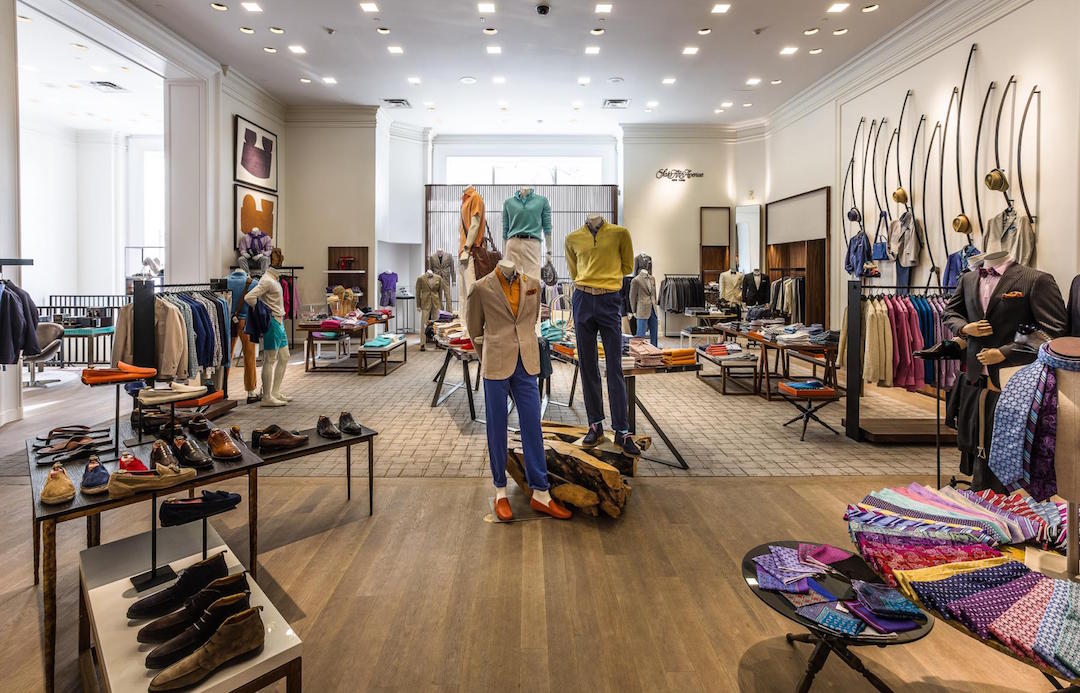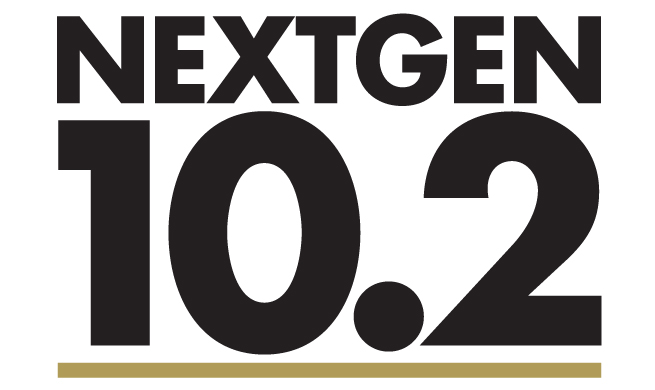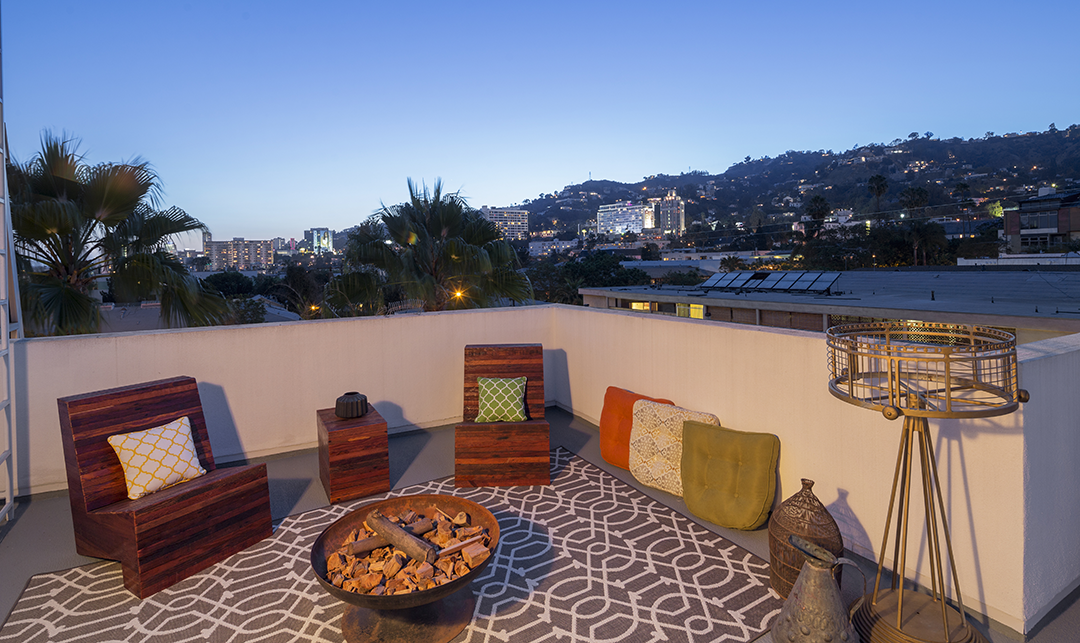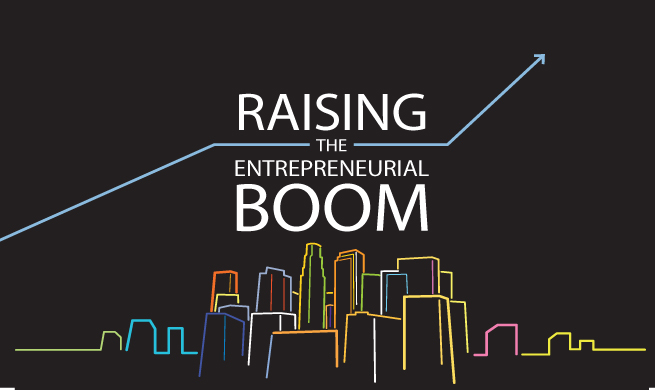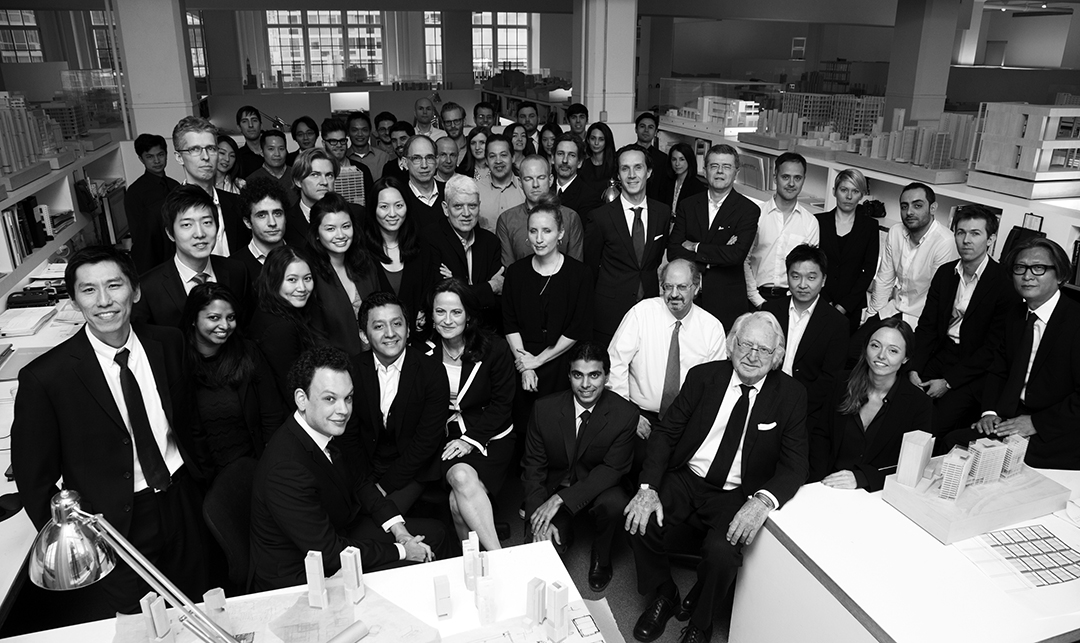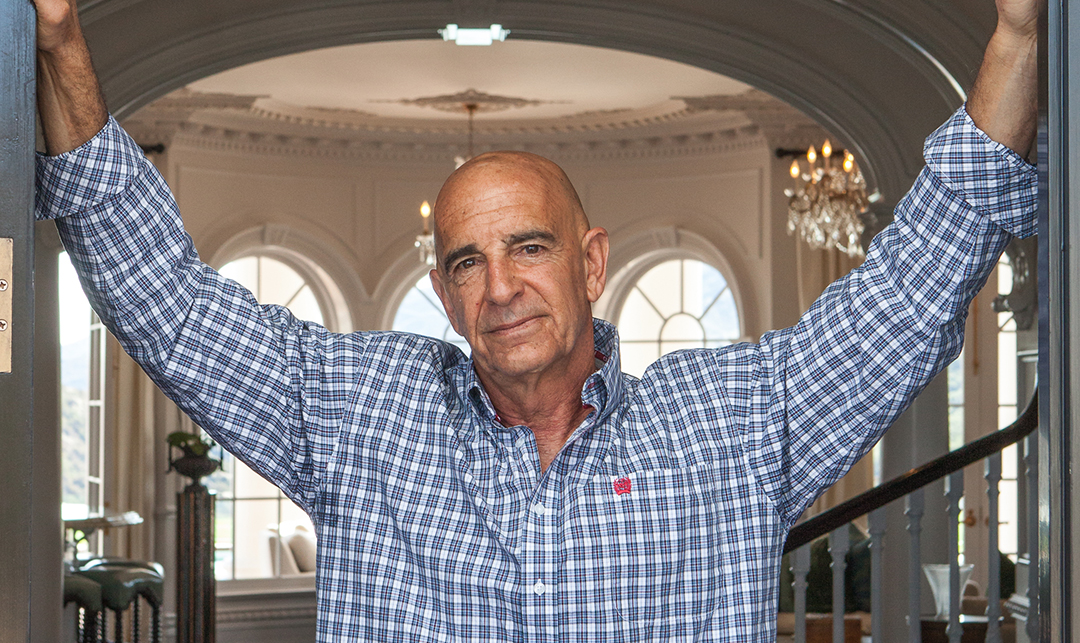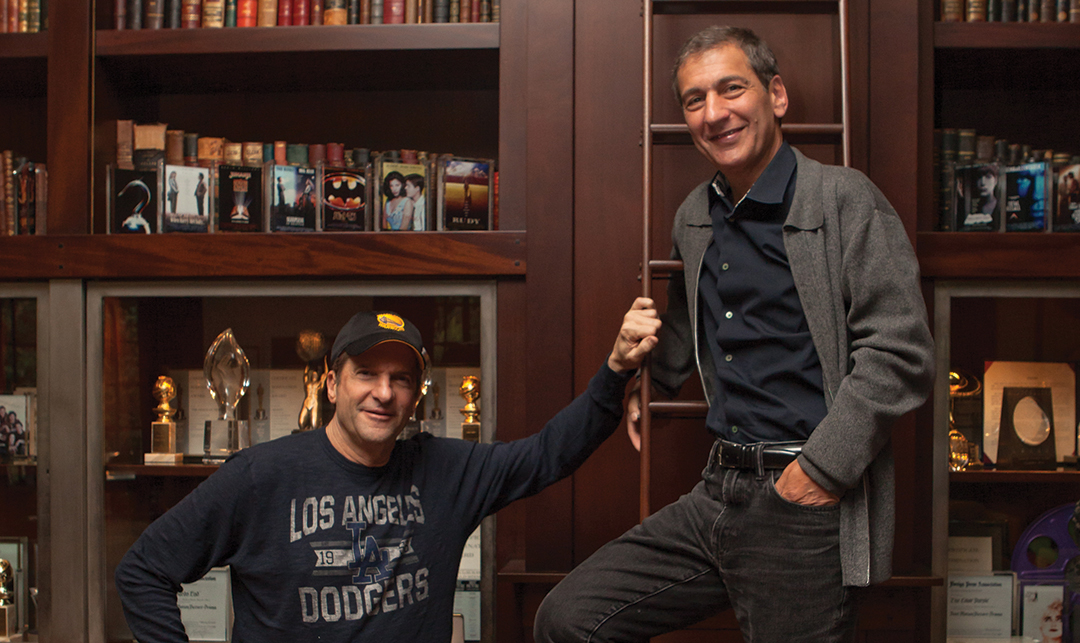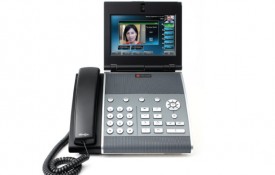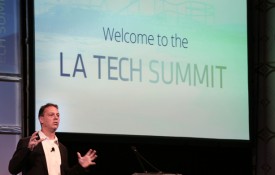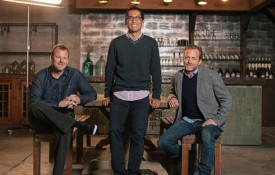Last week, the Santa Monica Chamber of Commerce celebrated its 100th anniversary at the historic Fairmont Miramar Hotel, honoring a century of entrepreneurship, civic leadership, and economic development in one of California’s most iconic coastal cities.
In front of a packed audience of business leaders, civic partners, and entrepreneurs, Snap Inc. co-founder and CEO Evan Spiegel joined Judy Kruger, President & CEO of the Chamber, for a compelling and candid Q&A. As the largest employer in Santa Monica, Snap Inc. represents a new generation of companies reshaping the city’s economic and cultural footprint. Spiegel shared reflections on the company’s origin, its enduring connection to Santa Monica, and the innovation strategy that continues to drive its global impact.

TELL US HOW SNAP GOT STARTED. WHAT INSPIRED IT, AND HOW DID YOU MAKE IT HAPPEN?
Spiegel: It’s great to be here tonight celebrating a city that’s given us so much—a place we proudly call home and where we built Snap into what it is today. The story of Snap began back in college when I met Bobby, who lived across the hall from me. We started experimenting with a photo-sharing app—what eventually became Snapchat—alongside our friend Reggie. The idea was simple but powerful: let photos disappear after they’re sent.
At the time, the internet felt like it was built to keep everything forever—likes, comments, friend counts. It created pressure to present a perfect version of yourself. We wanted to take the fun back—make communication more spontaneous, expressive, and in the moment. That vision eventually evolved into Stories, and later into augmented reality. Today, people use our AR features more than 8 billion times a day. We’ve built a platform that now reaches over 900 million people worldwide. But it all started with a desire to help people feel closer through communication—and Santa Monica’s creative spirit helped bring that to life.
WHY DID YOU CHOOSE SANTA MONICA AS SNAP’S HOME BASE?
Spiegel: Funny enough, I asked my sons that question earlier today. Their answer? “The Santa Monica Pier and the McDonald’s nearby.” But seriously, Santa Monica felt like a natural fit from the beginning. When we first launched Snapchat, we didn’t have an office—or much money. I was working out of my dad’s house in the Palisades with six others. One night, we passed a beach bungalow with a “For Lease” sign. We hadn’t even raised a Series A yet—just $400,000—but we circled back, negotiated with the landlord, and made it our first office.
Being right there on the beach, we had visitors from around the world—12 to 15 million people pass through Venice and Santa Monica every year. That kind of organic user feedback helped shape our early product and our perspective. It gave us global insight before we had even scaled globally. The energy, diversity, and creative community here really shaped the company.
SNAP’S BUSINESS CONTINUES TO GROW YEAR-OVER-YEAR. WHAT’S BEEN THE SECRET TO
SUSTAINABLE SUCCESS?
Spiegel: Tech always feels like it’s moving too slow and too fast at the same time. But we’ve been fortunate to grow year after year, and that’s really thanks to our community. People use Snapchat to stay connected—to check in with friends, to create, to share everyday moments. Products like Spotlight—our short-form video platform—have helped expand our reach, while our digital advertising business continues to empower small and large brands alike.
I’m especially proud of how digital advertising has leveled the playing field. Before, it was incredibly expensive to advertise—TV, print, billboards—it was inaccessible to smaller players. Now, with Snapchat, anyone can build and distribute a brand. In the last two years, our subscription service, Snapchat+, has generated over half a billion dollars. But ultimately, it’s about continuing to build products that people love and use every day.

YOU’VE EMPHASIZED INNOVATION AND CREATIVITY. HOW DOES THAT SHAPE SNAP’S PRODUCT DEVELOPMENT?
Spiegel: From day one, we’ve been a challenger company. Facebook, Twitter, Instagram—all of them existed before us. So we had to think differently. Our approach is built on experimentation. We have a small, flat design team—maybe 9 to 12 people at any time—and we cycle through ideas constantly. We discard 99%, but that 1% that sticks can be transformative.
We don’t build through hierarchy. We build through iteration. That’s how we’ve continued to push boundaries with AR, video, and communication. The best way to have great ideas is to have a lot of ideas.
YOU BECAME THE YOUNGEST CEO OF A PUBLICLY TRADED COMPANY AT 26. HOW DO YOU APPROACH WORKING WITH YOUR BOARD OF DIRECTORS?
Spiegel: One thing we noticed early on with venture-backed companies is that boards often end up full of investors who haven’t actually run businesses. We made a conscious decision to change that. We prioritized operational expertise—people who had been CEOs, COOs, operators.
In our early days, we had one investor representing the rest, and that person had CEO-level experience. That structure gave us real guidance—especially when I was just 21, figuring everything out. I believe our board has been critical in helping us scale the right way.

WHAT CAN THE CITY OF SANTA MONICA DO TO SUPPORT SNAP’S CONTINUED GROWTH AND INNOVATION?
Spiegel: We’re incredibly grateful for our relationship with the city. From zoning to community engagement, we’ve always felt like we’re in partnership. One great example was the Snap Tech Innovation Day we hosted at the Santa Monica Airport—it showcased some of the most creative, forward-thinking technologies coming out of the region.
Going forward, I think the best thing we can do together is keep creating—keep building. Santa Monica has always been a hub for creativity, and we’re excited to keep growing here.
As a visionary executive, legal strategist, and cultural architect, Michelle Edgar has a proven track record leading at the intersection of entertainment, sports, media, and government.


